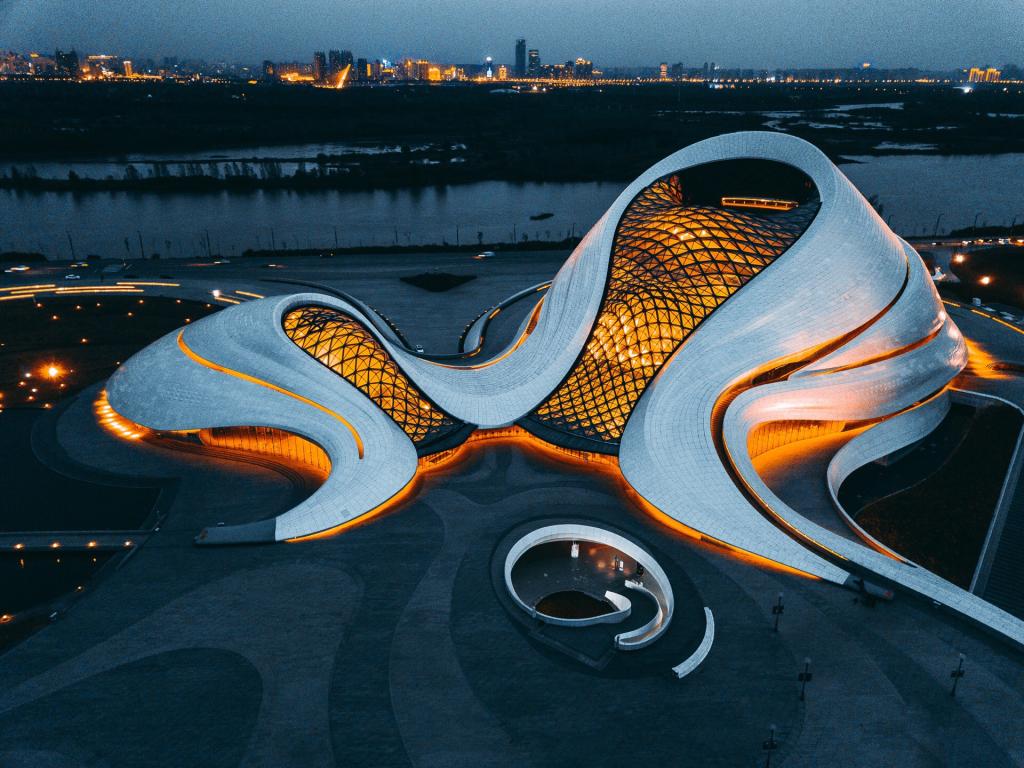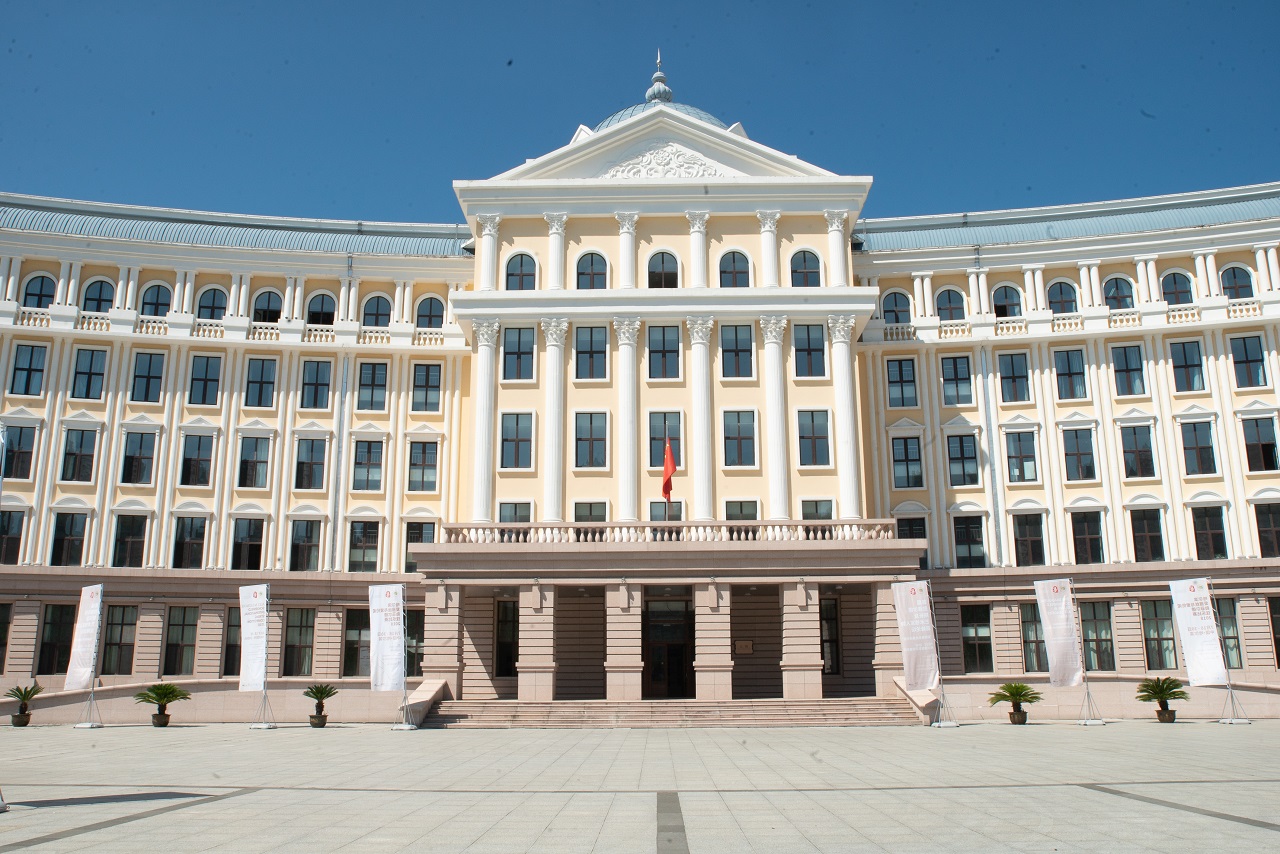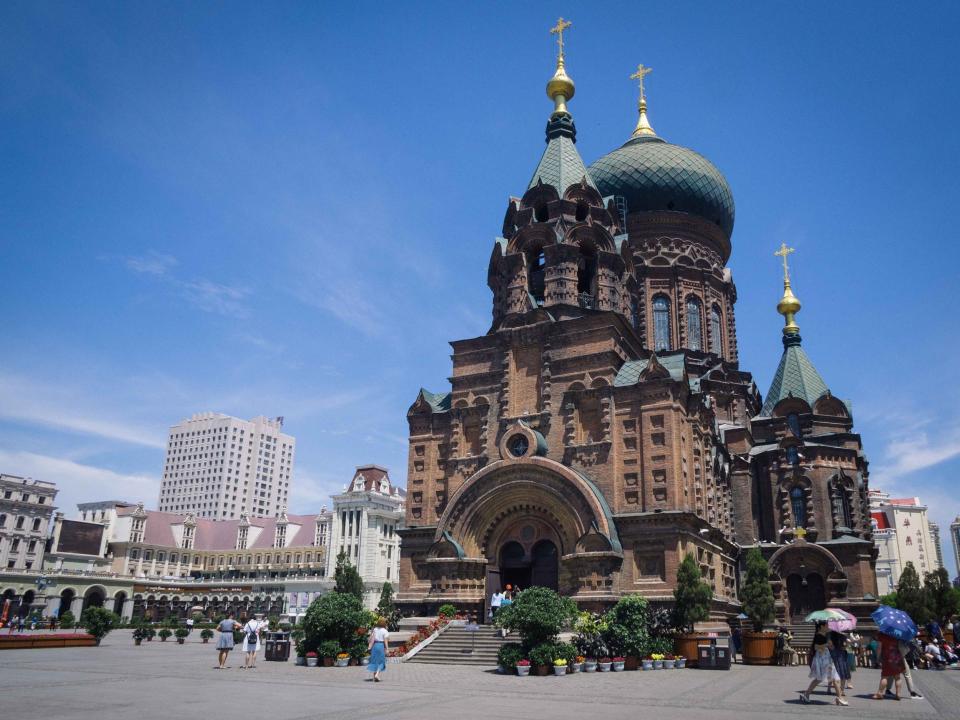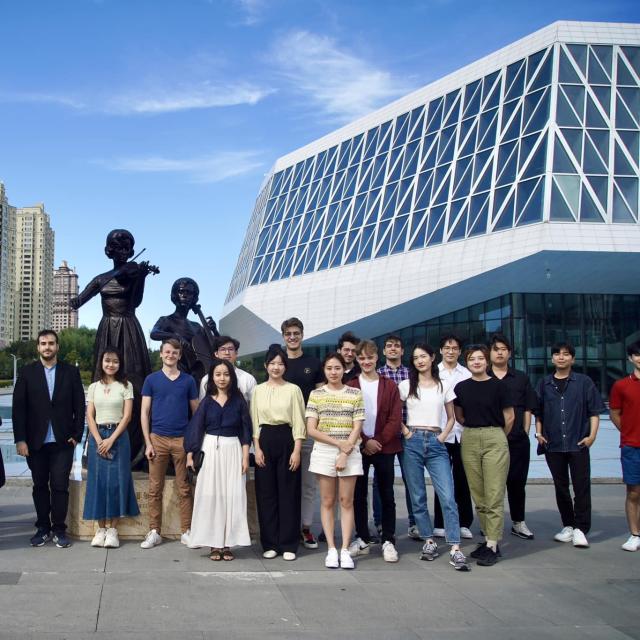General Assembly 2025: Harbin Diary Vol. I

June 25-29, 2025 will see the next General Assembly of the WFIMC- in Harbin, China. In this first of a series, we look at the unique blend of History and Culture of this fascinating city
Nestled in the northeastern part of China, Harbin City is a captivating blend of history, culture, and artistry. Known for its frosty winters and the world-renowned Harbin Ice Festival, the city also boasts a vibrant and rich cultural scene, making it a hub for music and the performing arts. With its unique blend of Chinese and Russian influences, Harbin also stands as a testament to the complex geopolitical shifts and cultural intermingling of the last two centuries.
Late 19th Century: The Birth of a Railway Town
Harbin's modern history can be traced back to the late 19th century when it transformed from a small fishing village to a bustling city, primarily due to the construction of the Chinese Eastern Railway (CER). The CER was a result of an agreement between the Qing Dynasty and Tsarist Russia in 1896, enabling Russia to construct a railway through China's territory as a shortcut to Vladivostok. The project turned Harbin into a crucial transportation hub, attracting Russian and European engineers, workers, and eventually traders and settlers.
By the early 20th century, Harbin had grown into a cosmopolitan city with a significant Russian population. The Russians left an indelible mark on the city, evident in the architecture, cuisine, and culture. Notable structures from this era, like the Saint Sophia Cathedral, are reminiscent of this time.
1917-1945: War and Occupation
The October Revolution in 1917 in Russia had a ripple effect on Harbin. As White Russian émigrés fled the Bolsheviks, many settled in Harbin, further strengthening its Russian influence. However, Harbin's status as an international city made it a target. In 1932, after the Japanese invasion of Manchuria and the establishment of the puppet state of Manchukuo, Japanese forces occupied Harbin for more than a decade.

1945-1978: Recovery and Integration into the PRC
The end of World War II brought liberation to Harbin as Soviet forces entered the city. After a brief Soviet occupation, control was handed over to China in 1946. With the establishment of the People's Republic of China in 1949, Harbin underwent extensive development programs, becoming a major industrial base in China's northeast. The city's Russian influence started waning as many Russians left or were repatriated, and the focus shifted towards reinforcing Chinese culture and identity.
Jewish Culture in Harbin
One of the significant migrant communities that left an indelible mark on Harbin's history was the Jewish community. Fleeing persecution from the Russian Empire, many Jewish families found refuge in Harbin in the early 20th century. This community, while maintaining its distinct identity, became deeply interwoven with the city's fabric.
Harbin’s Jewish history is enshrined in places such as the Harbin Jewish Cemetery and the Harbin Jewish History and Culture Exhibition. The community contributed not just culturally but also significantly to the city's economic and educational growth.
Musical Heritage
Harbin's musical heritage has deep historical roots, reflecting a harmonious blend of diverse cultures and traditions. The city's history is shaped by waves of immigrants, including Russians, Jews, and Chinese, each contributing to its unique musical tapestry. This fusion of cultures has given rise to a distinct Harbin style that can be heard in various forms of music, including traditional Chinese instruments such as the guzheng, pipa, and erhu, which can be experienced in are countless local performances. The city is home to numerous folk music ensembles and orchestras that showcase these instruments, preserving China's rich musical heritage.

The Harbin Concert Hall stands as a testament to the city's commitment to the arts. Designed by the renowned architect Ma Yansong, this architectural masterpiece is a harmonious blend of contemporary design and cultural symbolism. The exterior resembles a giant snowflake, paying homage to Harbin's frigid winters, while the interior offers an intimate and acoustically perfect space for musical performances.
The Harbin Concert Hall hosts a wide array of musical events, from classical symphonies to avant-garde experimental compositions. The venue's state-of-the-art facilities and world-class acoustics make it a preferred destination for both local and international musicians. It serves as a cultural epicenter for Harbin, attracting music enthusiasts and artists alike.
Harbin Grand Theatre, located along the picturesque Songhua River, is another architectural masterpiece in the city's cultural landscape. Designed by the renowned MAD Architects, the theater's futuristic and avant-garde design is a testament to Harbin's commitment to the arts and culture. It is a hub for various performing arts, including opera, ballet, theater, and dance, and hosts performances by local and international artists, showcasing a diverse range of artistic expressions. The theater's world-class facilities, including its grand opera hall and intimate studio theaters, cater to a wide spectrum of artistic projects.
At the heart of Harbin's music education and artistic development lies the Harbin Conservatory of Music. Founded in 1949, this prestigious institution has played a pivotal role in nurturing musical talent in the region and beyond. The conservatory offers comprehensive programs in classical, traditional Chinese, and contemporary music, allowing students to explore a broad spectrum of musical genres. The campus itself is an architectural marvel, blending traditional Chinese design elements with modern facilities.

Harbin's musical landscape is enriched by collaborations with international artists and institutions. The city's concert halls and theaters frequently host international touring groups and guest artists, creating a vibrant exchange of musical ideas and cultures. This international collaboration has not only elevated the city's cultural profile but has also broadened the horizons of local musicians.
The designation „City of Music” by the United Nations has not only amplified Harbins global standing but also its role in shaping the future of music. By fostering international partnerships, hosting renowned competitions, and providing platforms for emerging talent, the city truly stands out.
©WFIMC 2024
Part of this text appeared in an earlier article
Photos: WFIMC/ ©Heilongjiang University, School of western studies/ ©Lonely Planet


